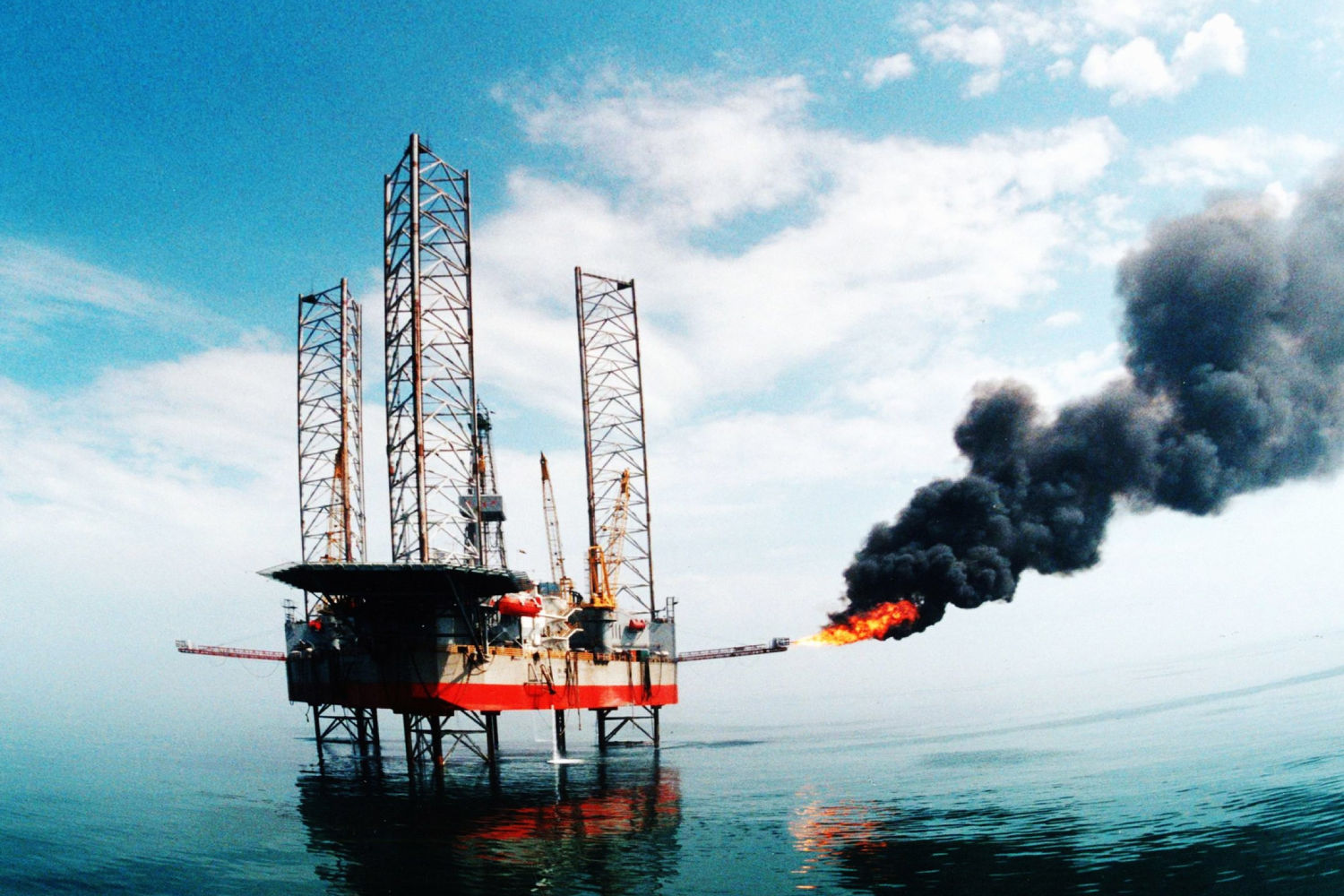(Reuters) Chinese ports and marine safety authorities are on high alert as an expansion of sea ice makes it tougher for ships to berth and discharge at key energy terminals along the coast of the Bohai Sea in the country’s north.
A cold wave sweeping the northern hemisphere has plunged temperatures across China to their lowest in decades, boosting demand for power and fuel to historic highs in the world’s largest energy consumer.
“The sea ice situation is more severe this year than the same period in previous years,” said Wang Jun, a professor specialising in transport issues at Dalian Maritime University. “It could impede sailing and docking for vessels, no matter how big they are.”
Weather officials warned about severe frost this week in the region in two major inlets of the Bohai Sea, with sea ice stretching 45 to 55 nautical miles at Liaodong Bay and 10 to 20 nautical miles at Bohai Bay, close to levels that could prompt temporary bans on shipping.
Last weekend, the marine safety bureau in Hebei province sent several tugboats to the aid of vessels, such as liquefied natural gas tanker Clean Planet and coal bulk tanker Agia Eirini Force, trapped in sea ice that was more than three feet thick.
The sea ice issue is likely to make for an even more volatile LNG market after a seesaw 2020, “LNG turned out to be the best performing commodity in 2020, and has made record highs at the start of 2021,” said Warren Patterson, head of commodities strategy at ING in Singapore.
Marine authorities and ports in Tianjin, Hebei and Liaoning province are closely monitoring weather conditions and sending drones and ice-breaking tugs to clear the fairway for expected vessels, they said.
“Congestion duration is slightly higher this week,” said Rebecca Chia, an LNG analyst at Kpler, with data showing average waiting time for LNG discharge at its the highest since the start of winter in October.
CNOOC said 59 of its offshore oil and gas platforms were within the area covered by sea ice in Liaodong Bay but operations were not affected. It expected the ice to expand to the Luda 32-2 oilfield in southern Liaodong Bay and to reach a peak level by early February.
With reporting by Xu Muyu of Reuters
























